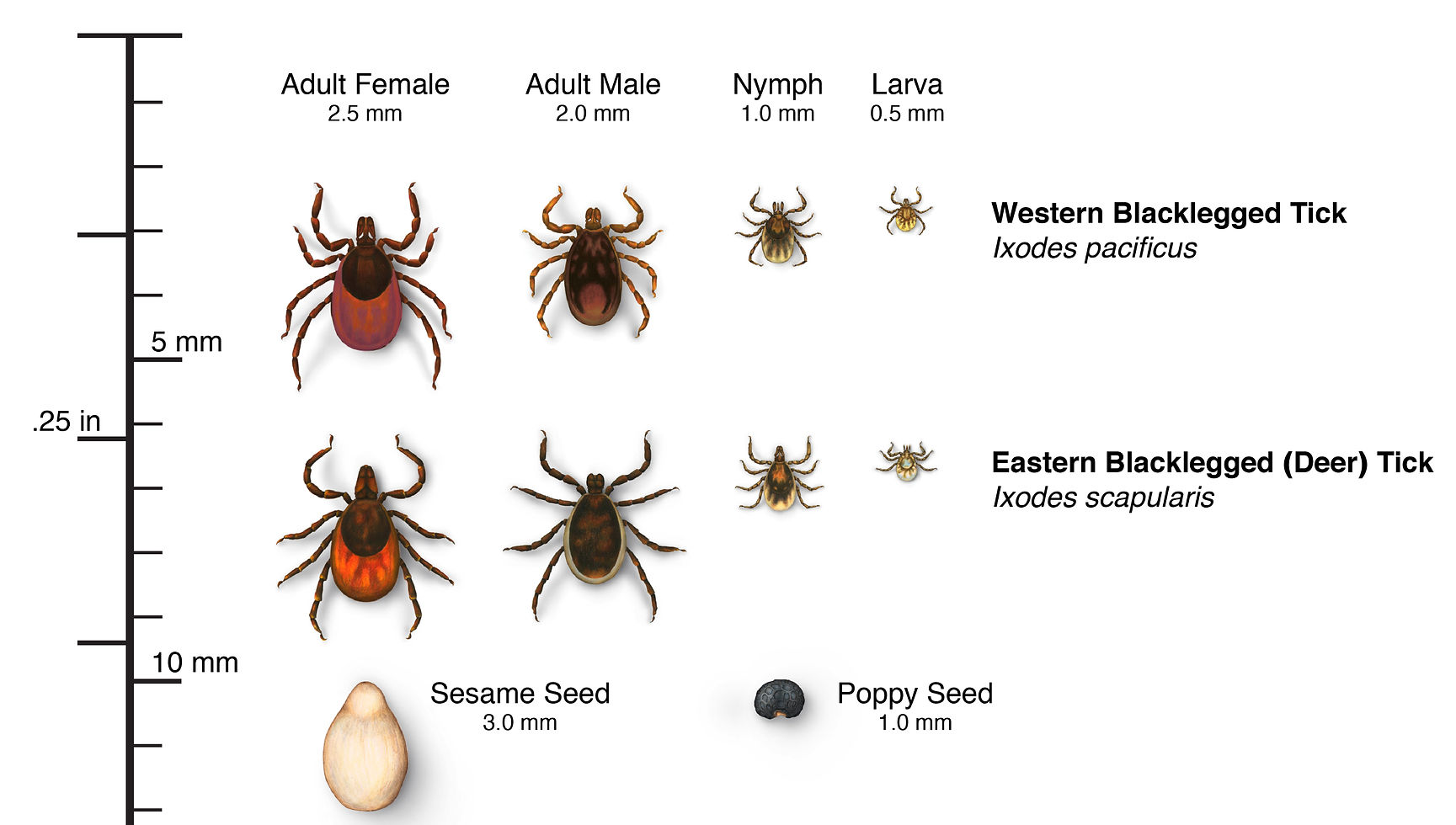
Know Your Enemy: A Guide to Ticks and Fleas Harmful to Dogs and Cats
- Woofy Fit
- May 15, 2024
- 3 min read
Introduction: Ticks and fleas are more than just nuisances—they can pose serious health risks to our beloved pets. In this comprehensive guide, we'll dive into the different types of ticks and fleas that are harmful to dogs and cats, along with their associated risks and effective remedies and treatments to keep your furry friends safe and healthy.
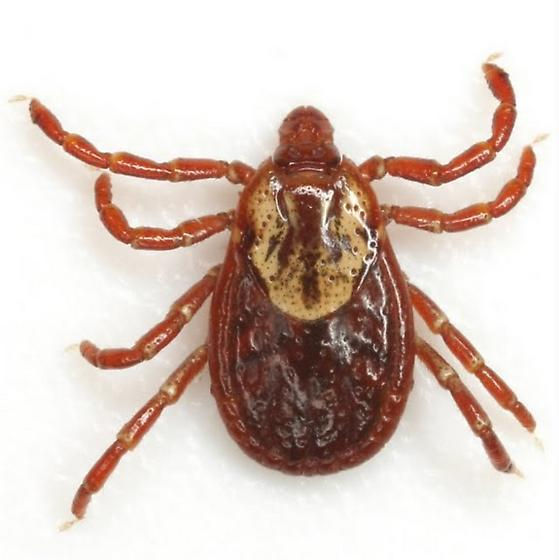
American Dog Tick (Dermacentor variabilis):
Description: The American dog tick is commonly found in grassy areas and can transmit diseases such as Rocky Mountain spotted fever and tularemia.
Risks: American dog ticks can cause skin irritation, and allergic reactions, and transmit diseases to both dogs and humans.
Remedies and Treatment: Use tick prevention products recommended by your veterinarian, such as topical treatments or collars. If your pet is bitten by a tick, carefully remove it with tweezers, grasping the tick as close to the skin as possible and pulling it straight out. Clean the area with antiseptic and monitor for signs of infection.
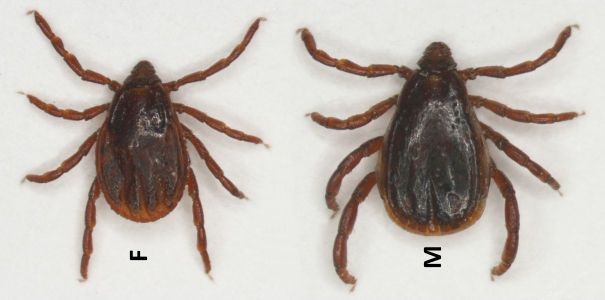
Brown Dog Tick (Rhipicephalus sanguineus):
Description: Brown dog ticks are typically found in warm, humid environments and can transmit diseases such as canine ehrlichiosis and babesiosis.
Risks: Brown dog ticks can cause anemia, and skin irritation, and transmit diseases to dogs.
Remedies and Treatment: Use tick prevention products and inspect your pet regularly for ticks, especially after spending time outdoors. Remove any ticks promptly and consult with your veterinarian if you notice signs of illness in your pet.

Black-Legged Tick (Ixodes scapularis):
Description: Black-legged ticks, also known as deer ticks, are commonly found in wooded and grassy areas and can transmit Lyme disease, anaplasmosis, and other diseases.
Risks: Black-legged ticks can cause Lyme disease, which can lead to joint pain, fever, and lethargy in dogs and cats.
Remedies and Treatment: Use tick prevention products recommended by your veterinarian, and check your pet for ticks regularly. If your pet is bitten by a black-legged tick, consult with your veterinarian for appropriate testing and treatment.
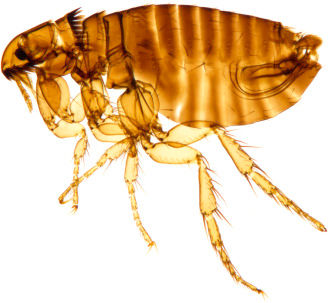
Cat Flea (Ctenocephalides felis):
Description: Cat fleas are the most common type of flea infesting dogs and cats and can transmit diseases such as flea allergy dermatitis and tapeworms.
Risks: Cat fleas can cause severe itching, and skin irritation, and transmit diseases to dogs and cats.
Remedies and Treatment: Use flea prevention products recommended by your veterinarian, such as topical treatments or oral medications. Vacuum your home regularly and wash your pet's bedding and toys to eliminate fleas and their eggs.
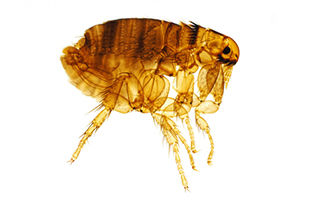
Dog Flea (Ctenocephalides canis):
Description: Dog fleas are similar to cat fleas but primarily infest dogs and can transmit the same diseases.
Risks: Dog fleas can cause intense itching, and skin inflammation, and transmit diseases to dogs.
Remedies and Treatment: Use flea prevention products and implement strict flea control measures in your home. Consult with your veterinarian for guidance on the best flea prevention and treatment options for your pet's specific needs.
Conclusion: Ticks and fleas pose significant health risks to dogs and cats, but with the right prevention methods and treatments, you can protect your furry friends from these harmful pests. Be proactive in checking your pets for ticks and fleas regularly, and consult with your veterinarian for guidance on the best prevention and treatment options for your pet's specific needs. By staying informed and taking preventative measures, you can ensure a happy, healthy life for your beloved companions.

